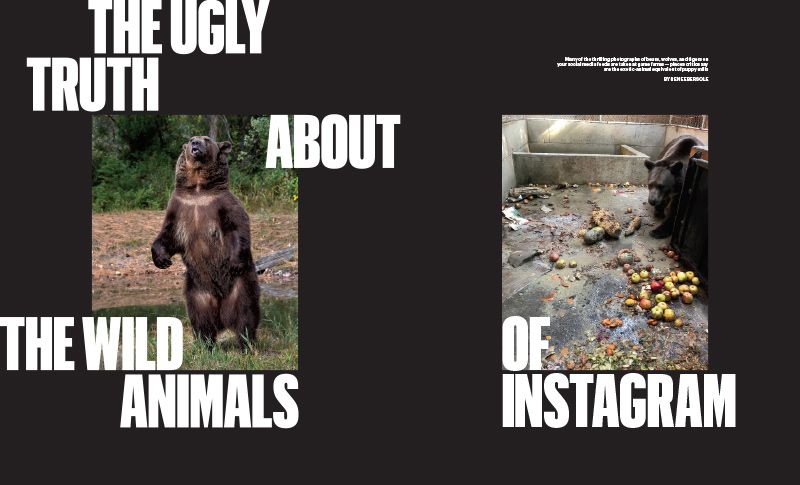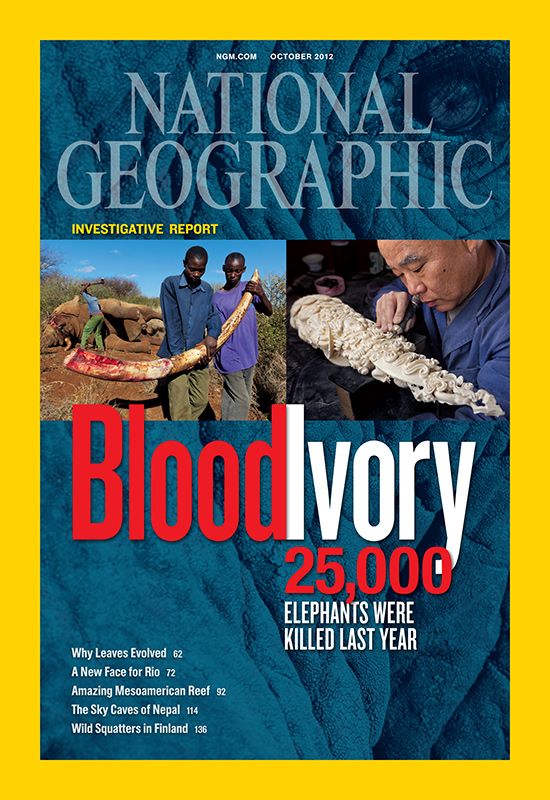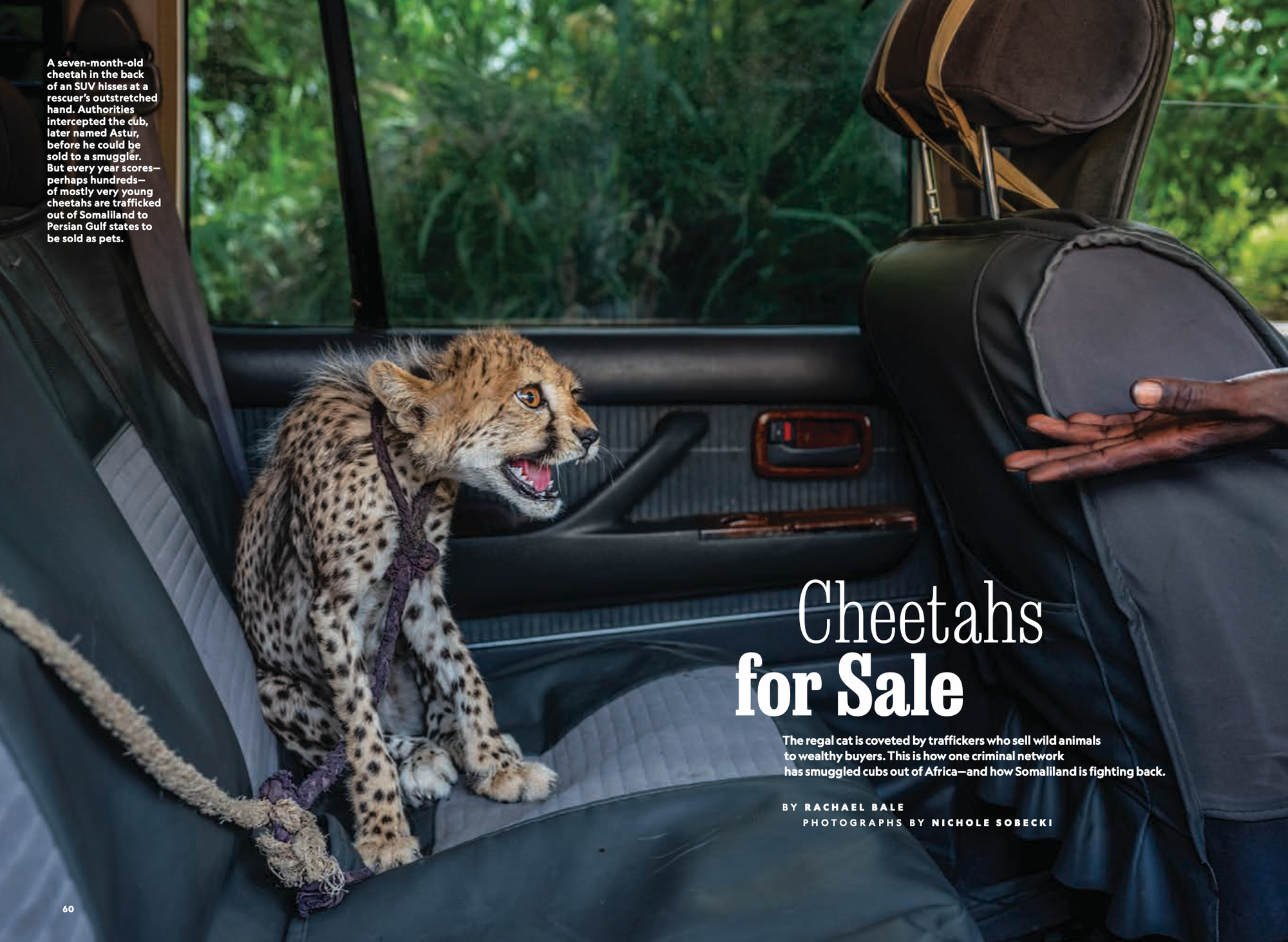How We Work
WIRE manages investigations from conception to publication — independently or collaboratively to the extent media partners want.
WIRE secures placement for stories in major media outlets, including those with audiences not already attuned to wildlife issues.
Reporters carry out extensive research, data analysis, fieldwork, interviews, and public records requests. They collaborate with a WIRE editor, world-class photojournalists, and multimedia producers to craft a well-rounded, visually striking story.
WIRE journalists seek partnerships with local reporters and photographers to help build a global network of correspondents.
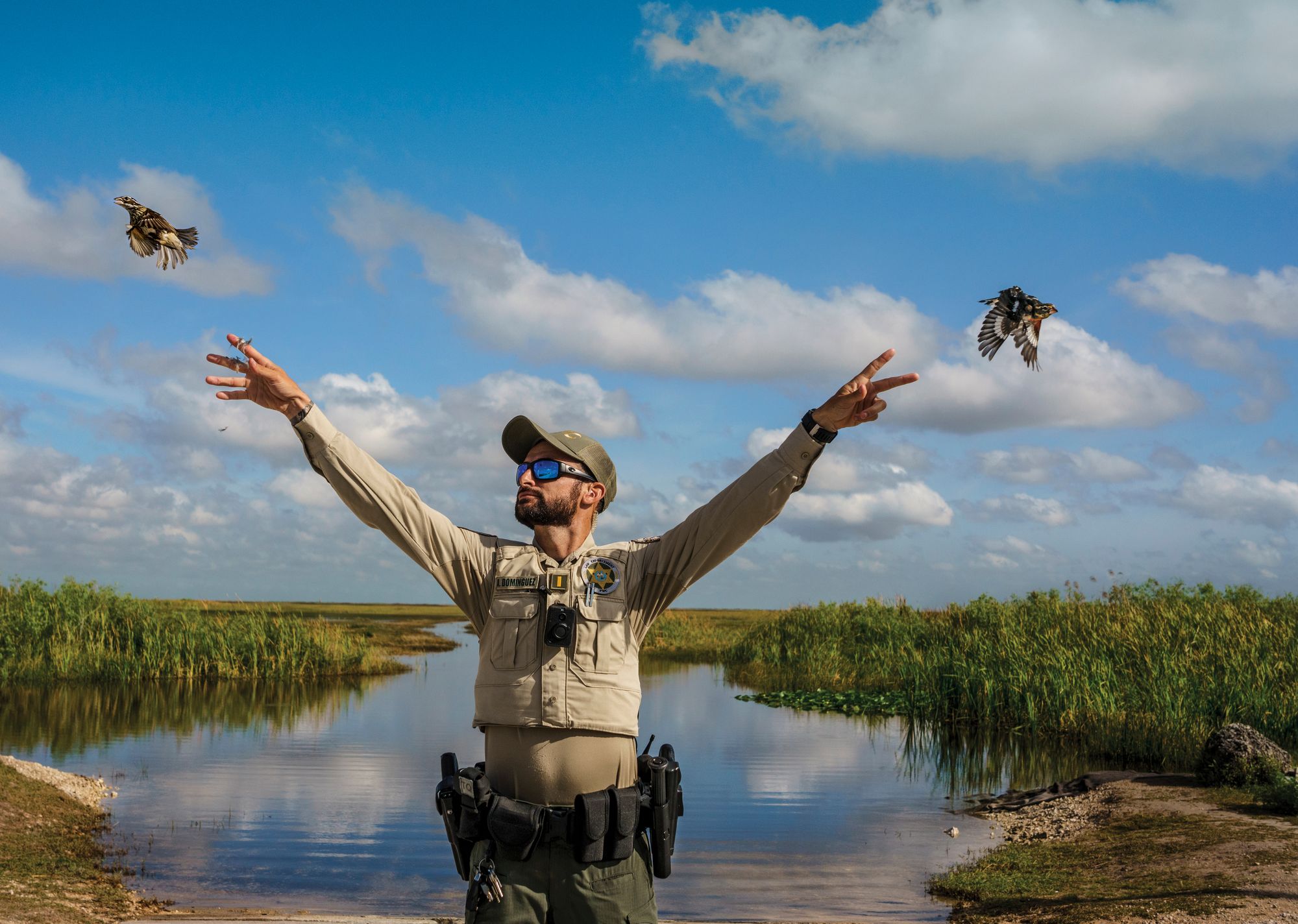
Tracking Impact
Policy: Empowering lawmakers, business and industry leaders, and other authorities to adopt new legislation, regulations, and practices
Accountability: Exposing criminal activity, holding corrupt individuals and institutions responsible
Public engagement: Creating and sustaining a sense of urgency about the exploitation of animals and nature, inspiring the public to demand a more compassionate, environmentally responsible society
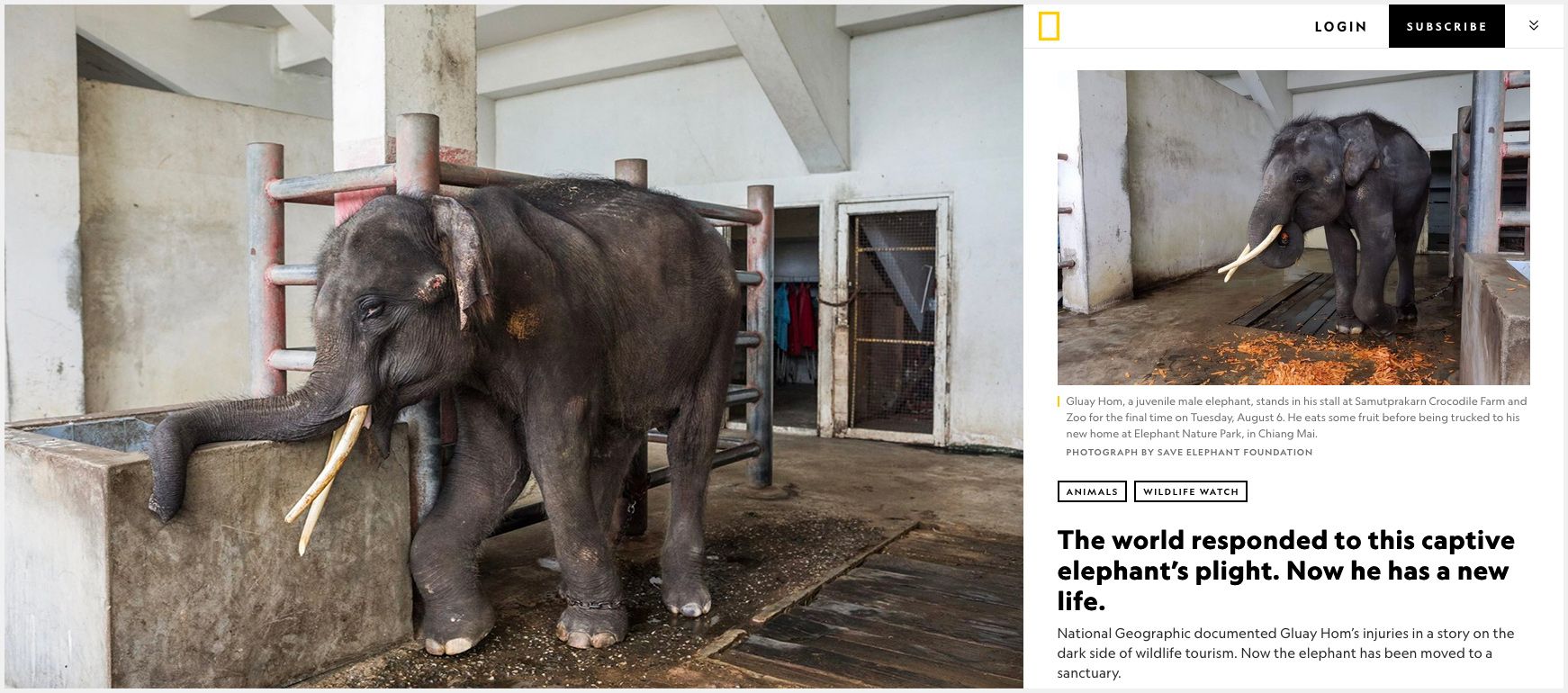
Story is Power
Meticulously reported page-turners inform and inspire. WIRE puts the world’s best reporters and photographers in the field tracking down criminal networks and exposing corruption, abusive practices, and the pernicious effects of corporate greed. Collaboration with local partners helps build a global network of environmental accountability journalism — essential for lasting protection of wildlife and nature. Without engrossing, evidence-based stories, the public is adrift.
The following are examples of stories written or edited by WIRE founders, featured in Rolling Stone, Audubon, and National Geographic, 2012–2024.
